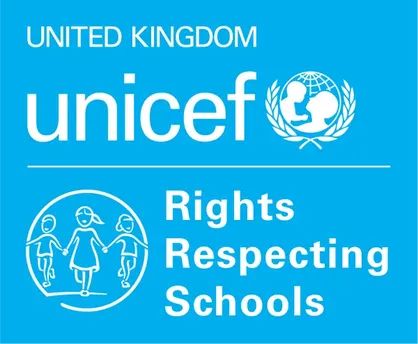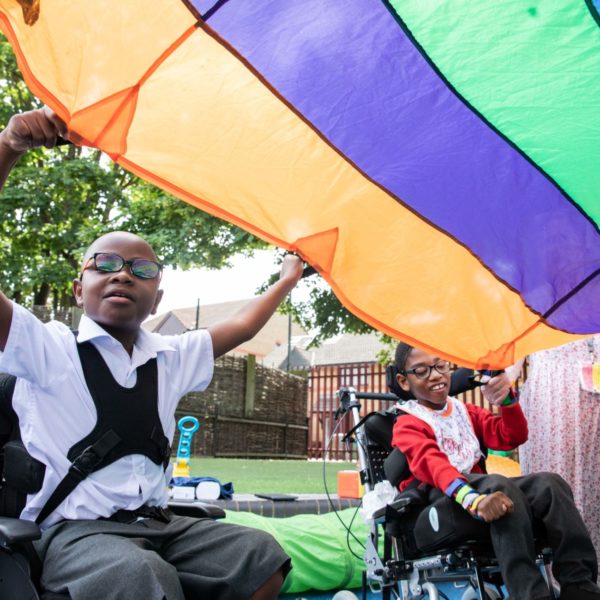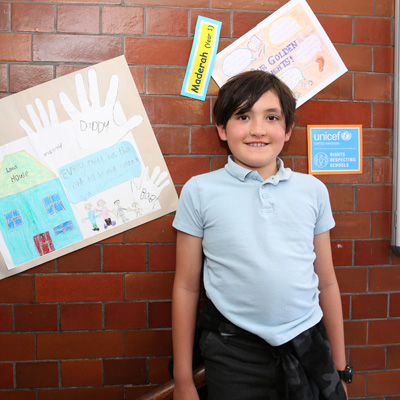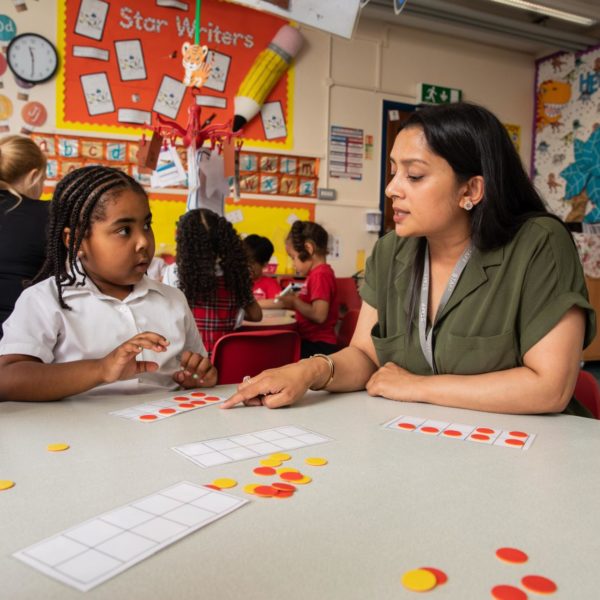In 2020, schools across the UK experienced disruption and long periods when they were closed to the majority of pupils. Schools faced unprecedented challenges in balancing the risks and needs of their staff, children and families.
Three Rights Respecting Schools from North East of England, London and Wales told us how they built on, and were influenced by, their child rights ethos during this period.
Rights provided a framework for communicating and making decisions
Schools had to make decisions about their provision for individual children as well as their overall approach to meeting the needs of their community and the requirements laid out by central and local government. For these three schools, their well-established work on the Award provided a language and a set of principles to inform and communicate these decisions.
“Naturally, when we went into lockdown back in March, the rights were there and so we automatically referred to them in our planning […] when the closures were announced, we did immediately dig into the rights to get going.”
“I think because we are what we are [a rights respecting school] the approach to the children to come in was based on what the children needed not on what we had to do from a directed point of view.”
The Convention provides a holistic framework which guides schools to consider how all rights are respected. As a result, schools did not favour academic catch up over wellbeing, or vice versa, but talked about their duty across a range of rights equally:
“It’s not just saying a child has a right to an education. That’s just a starting point. The child has a right to feel like they belong, and that they are valued as individuals and that they are heard and their voices are heard.”
Rights provided a common framework to bring staff, pupils and parents together
All three schools had a deeply embedded rights respecting ethos across the whole school community. Pupils, families and staff were familiar with the language of rights and the commitment of the school to promoting and protecting children’s rights. Leaders drew on this common language and ethos to bring the whole community together. Heads described how this helped them when working with staff to deliver the best possible support for pupils, even where staff were anxious about some of the new ways of working this required.
“There was initially a bit of reluctance among staff to do the online lessons, due to anxieties […] But if you go back to the best interests of the children, […] when you go back to the core, we were able to have that conversation with staff and they were on board.”
“I think previously, prior to our work with children’s rights, there was quite often an attitude of ‘that’s not our job, that’s the parents’ job’. And I think if we’d have still had that attitude now – and I think it’s children’s rights that have turned that attitude around – it could have looked very, very differently during that lockdown period.”
The common understanding of rights also formed the basis for working with children in the school. At a time when pupils lost a lot of what was familiar to them, these schools worked to maintain their commitment to rights and to reassure children that these still applied. Using a rights-based approach ‘normalised’ the school response, whether for pupils learning at home or in school, because it was clear how this was based on a familiar and consistent set of principles.
“We would make reference to the articles so that the children felt safe; that this applies in my life whether I’m in school or out of school. That was really powerful, and it made everyone in our community realise just how much of our life and way of being, rights respecting was. Especially around safeguarding.”
This approach also allowed schools to be explicit about how the action they were taking was in the best interests of children. One school described how they framed welfare calls to families and children in terms of rights, which helped to allay concerns that these were intrusive or patronising.
“Those welfare calls then moved into speaking to children but speaking to children not in a patronising way […] it was very much an awareness of the rights-based approach: ‘we are your staff and you have the right to speak and to tell us anything that you need.”
One of the potentially positive shifts brought about by school closures and the two periods of home schooling is an (often) increased engagement of parents with their children’s learning and with the schools. These schools saw how this also led to parents becoming more informed about children’s rights and the rights respecting approach.
“I think [parental engagement with rights] strengthened, because, first of all, parents were watching assemblies. […] So, with the assemblies, you’re doing more home-school communication, aren’t you, because that’s all you’ve got. It probably got an even deeper understanding of the articles and ethos.”
“Teachers have shared that where there have been remote lessons and learning, that they felt the partnership between home and school is even stronger now. Because the teachers feel that they understand the language and the ethos that they have, how the teachers work with the children, how questions are asked, how their self-esteem is raised; it’s ok to make mistakes.”
Giving children a sense of control and ownership
The pandemic has left many people feeling powerless and out of control, but children are particularly vulnerable to this. These three schools recognised the importance of putting children in the driving seat wherever they could. Pupils were involved in many of the adaptations put in place, and as curriculum pressures were lifted some schools were able to do more pupil-led learning projects.
By involving pupils in managing the changes to school life, children took ownership of those changes. In one school, because some children were in school consistently throughout lockdown while staff were on a rota, the pupils became the experts in the new school routine and helped to guide the adults through it.
“The children sort of designed the provision and what we found was that children were in more than the staff […] so the children were the leaders of the, you know, ‘this is what we do’.
Though schools were often having to make difficult decisions very quickly, they maintained their commitment to including children in decision making wherever they could. Adapting to the restrictions caused by Covid sometimes led to improved approaches to participation.
“We maintained our school parliament meetings throughout lockdown. […] They informed our decision making on the platform we were going to use as a school for remote learning. They made the final decision that, yes, as a school we want to move forwards with this platform.”
“Each class has been given a topic group to lead. […] It’s incredibly positive because it means every child has a direct influence on how they want the school to be run. I think going forward, this is a better way, because the whole class has got the say, they’ll all be part of the class decision for that group.”
Schools across the UK have risen to the challenges posed by the coronavirus pandemic and to support children in a host of new ways. The experience of these three schools shows that by having a common framework which unites the school community behind a shared set of values, it is easier to bring everyone along this journey together. In a time of dramatic changes in almost every aspect of their lives, it is even more critical that children know that their rights are unchanged and that the duty bearers who uphold are guided by a rights-based approach.
If you have a story about the impact the children’s rights and the RRSA made in your school please contact our team by email – [email protected]






